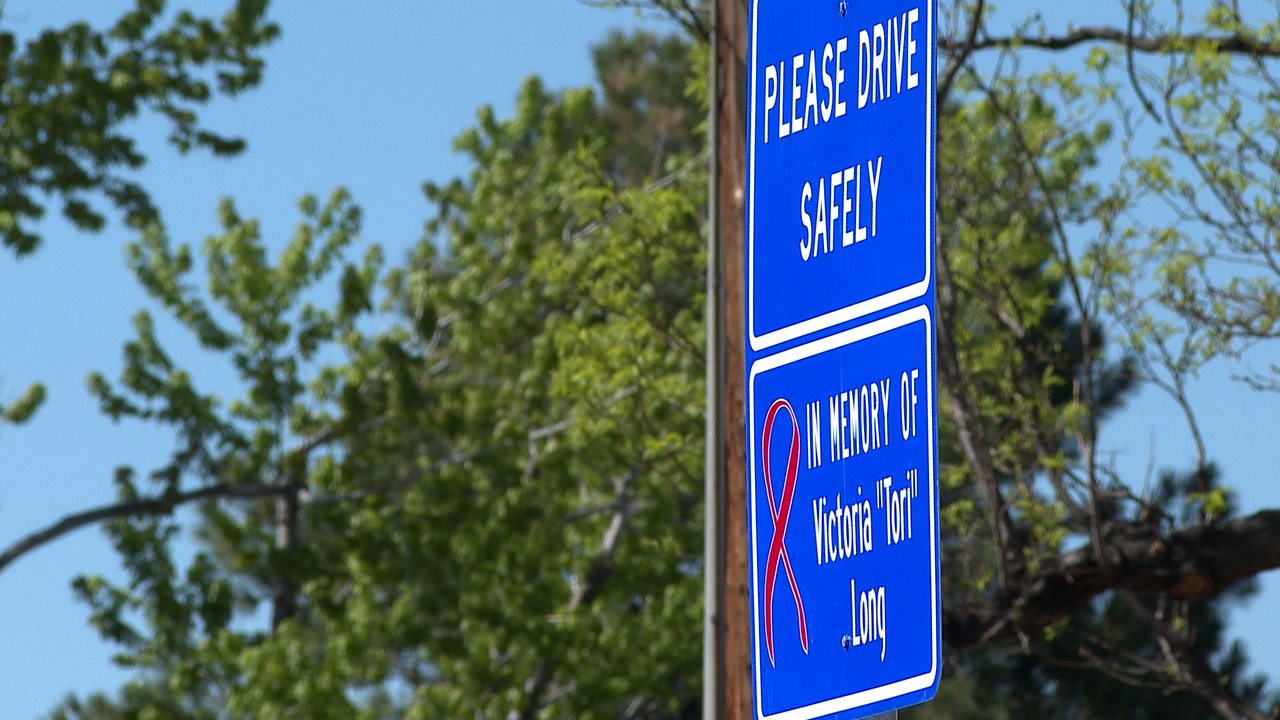DENVER (KDVR) – Inside Denver’s Police Academy, a possibly violent scene plays out in a state-of-the-art tent equipped with five screens.
Real-life situations are played out at the academy to teach cadets how to respond to situations in which policy supports an officer displaying and/or using a weapon.
A veteran Denver trainer with decades of experience showed FOX31 Investigative Reporter Rob Low how they use video simulations to teach officers how to make split-second decisions that align with department policies.
“If we have to pull the trigger when arresting someone, it’s devastating,” DPD Technician Tyrone Campbell explained. “This training environment is set up to make you have a little anxiety. Here is where we make mistakes, right?”
Campbell told the FOX31 Problem Solvers it takes a human brain 3/10 of a second to react to what our eyes see. The goal of the department is always to de-escalate a scene, but that is not always reality.
Most officers never fire their weapon during their entire career, according to Denver police.
Data shows most officer-involved shootings involve officers with less than five years on the force. Campbell explained that most new officers are assigned to night shifts, when more violence happens.
| 2017 | 2018 | 2019 | |
| 0-5 years of service | 4 | 9 | 13 |
| 6-10 years of service | 1 | 1 | 0 |
| 11-15 years of service | 1 | 0 | 2 |
| 16-20 years of service | 1 | 1 | 4 |
| 21+ years of service | 0 | 2 | 1 |
The average age in Denver for officers who shoot someone is 37 years old.
To illustrate the split-second decisions officers must make, Campbell put Low through a video test in which a fired employee put a gun to his own head after refusing to leave the parking lot of City Hall.
In the video, the man gets out of his truck and starts walking toward the entrance of City Hall holding a gun to his own head. Despite commands to put his weapon down, he never does.
In the video above, you can watch Low, acting as a police officer, approach the subject and try to talk him down.
Low fires four times, finally hitting the man in his lower leg with the last shot just before the gunman enters City Hall.
“How did it feel to actually have to pull that trigger or feel that you had to pull that trigger?” Campbell asked. “Necessary is the word that comes to mind,” Low responded.
“I wanted him to get out of that car, but I wanted him to do it slowly so I probably should have emphasized, ‘I want you to get out of the car real slow and I want to be able to see both hands when you get out of that car, so that I fell safe that you don’t have a weapon,'” Low explained after the exercise.
Officers who train cadets said specific communication is key to working with a suspect on a call.
“Say what you mean. That way, he has a very clean understanding,” said Campbell.
Campbell said the department tries to rotate all officers through simulation training every 18 months with new situations where officers must decide if they should shoot or not.
In addition, any officer who is involved in a shooting is automatically sent back to the academy for follow-up training as part of their reintegration before they can return to duty.
